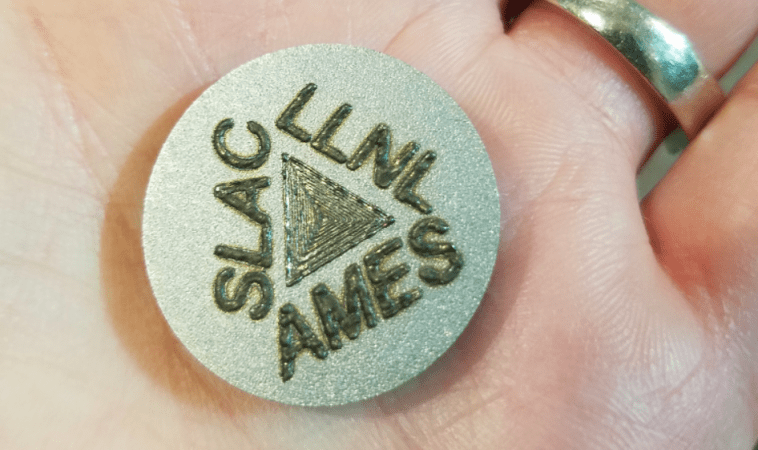Department of Energy’s SLAC National Accelerator Laboratory researchers used X-rays to learn more about 3D printing defects and understand how to print 3D metal parts without defects.
Using 3D printing to create metal parts for cars, ships or planes has many advantages such as enabling manufacturers to create complex parts on-the-spot. However, there is still the problem and common occurrence of defects like micro-fractions during printing. Even parts, that were 3D printed on one machine, are running into different problems.
To understand this better, Department of Energy’s SLAC National Accelerator Laboratory researchers have been using X-ray light to monitor and learn more about what causes defects.
“With 3D printing, you can make parts with very complex geometries that are not accessible for casting like regular metal parts. Theoretically, it can be a quick turnaround – simply design, send, print from a remote location. But we’re not there yet. We still need to figure out all of the parameters involved in making solid, strong parts,” Johanna Nelson Weker, the SLAC Staff Scientist leading the research, explains.
Although 3D printed metal parts are already being used by many companies, such as General Electric, they need to undergo extensive testing before use.
The researchers argue that if they learn more about defects, they would be able to reduce the amount of required testing time. As a result, this could save a lot of time and money during manufacturing.
Learning and Understanding Defects to Save Time and Money
Often with 3D printing metal, the researchers found that pits or weak spots form due to uneven cooling and hardening. To understand this further and get rid of pits, the researchers are investigating every aspect of the 3D printing process from the metal used to the heating and cooling speed.
They hope this research could result in a “recipe” for 3D printer laser settings that manufacturers can use. “We are providing the fundamental physics research that will help us identify which aspects of metal 3D printing are important,” says Chris Tassone, a staff scientist in SSRL’s Materials Science Division.
Before deciding to use X-rays, the researchers observed prints from above and by using thermal radiation. However, two different X-rays techniques provided the best way to understand what is happening inside the part.
This way, the researchers collect micron-resolution images of events as well as bounce X-rays off the atoms and investigate the structure further when the metal changes from solid to liquid and back.
The team has further plans to also investigate directed energy deposition processes — usually used to repair parts — and also to integrate a high-speed camera into its experimental framework too so they can compare these images to X-rays.
The researchers are carrying out the study at the Stanford Synchrotron Radiation Lightsource (SSRL) along with others from the DOE’s Lawrence Livermore National Laboratory and Ames Laboratory. Find out more on the SLAC website.
Source: Standford SLAC
Website: LINK



